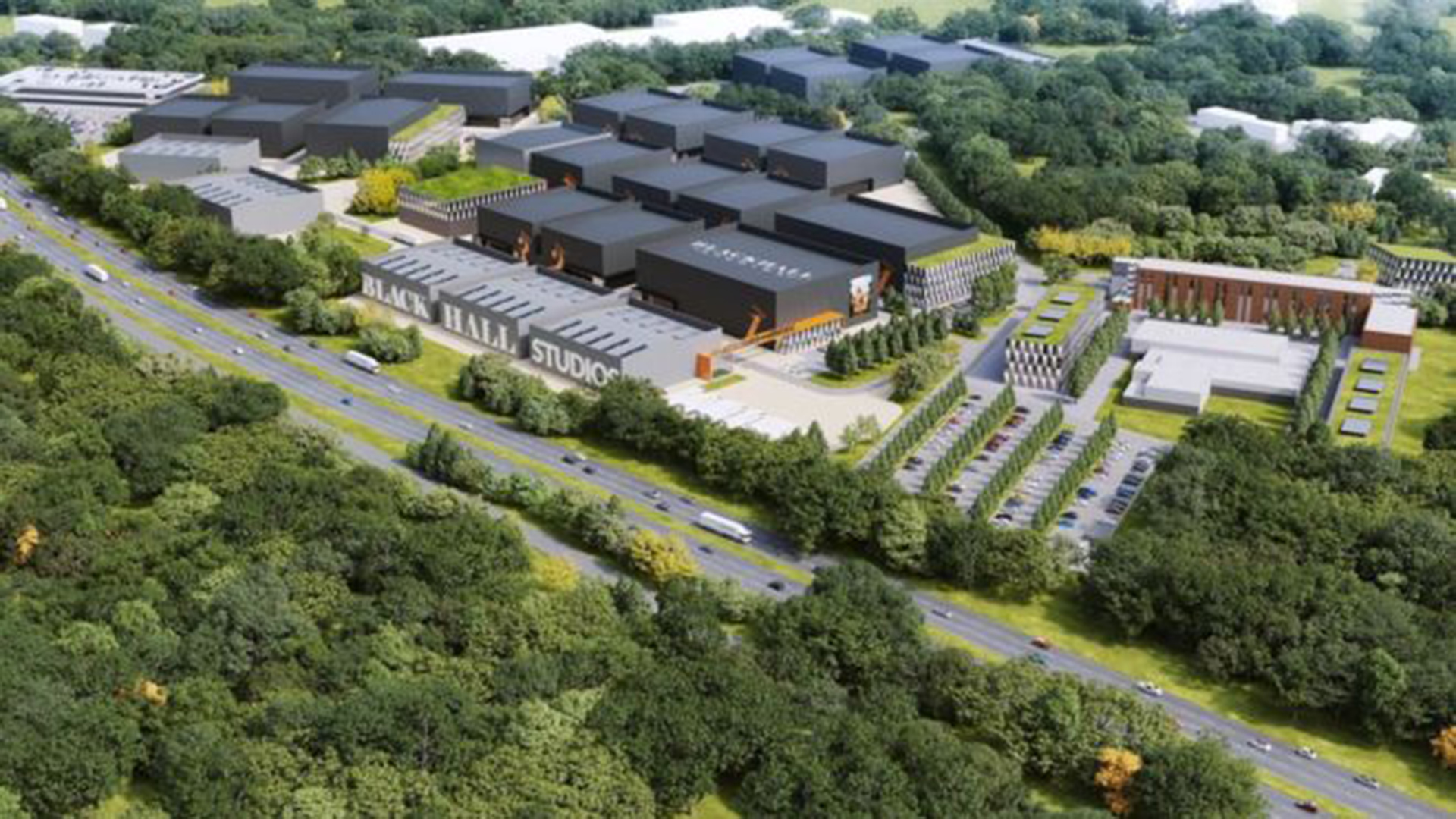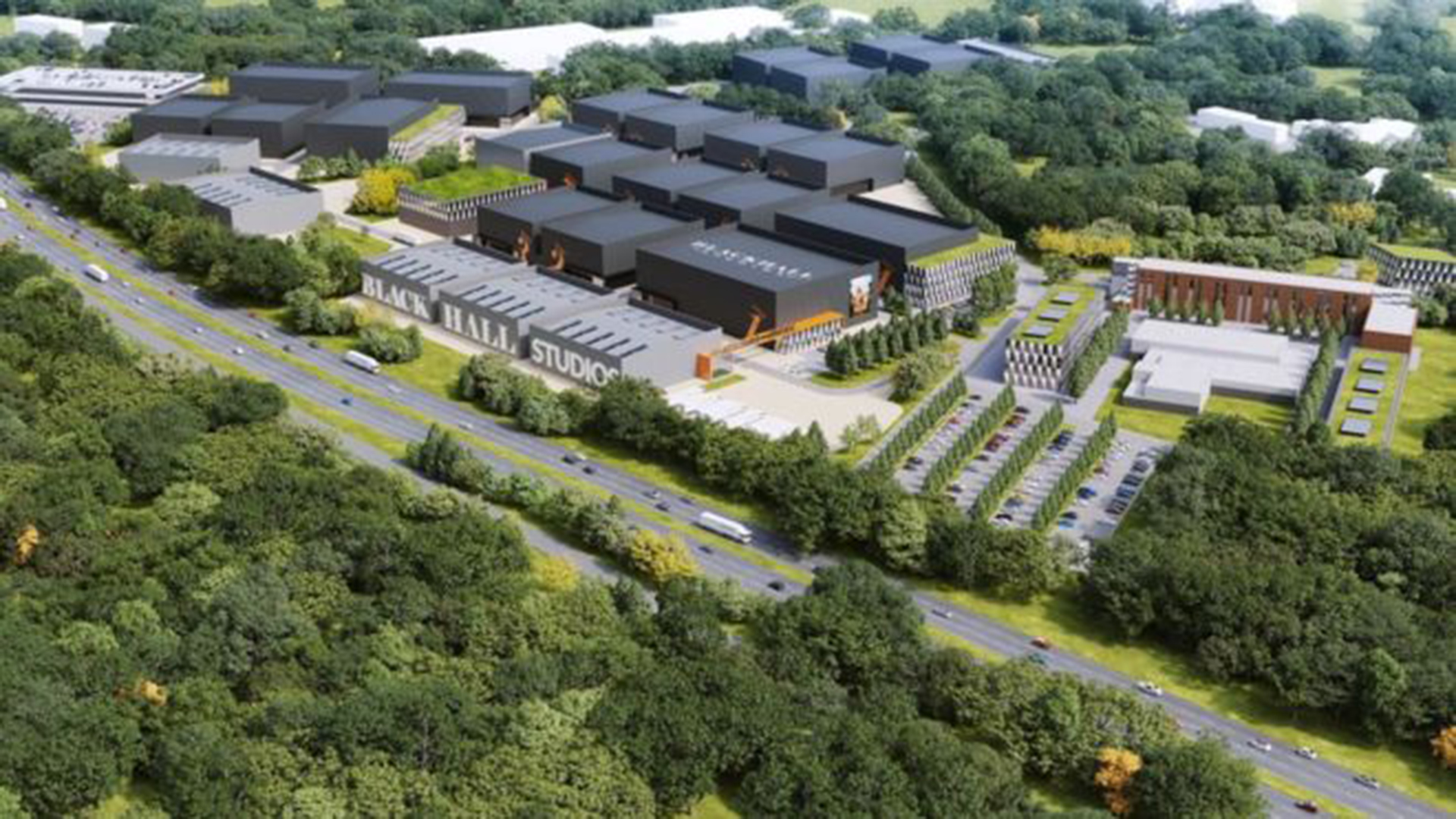

News of a new studio opening in the UK is welcome news, but is the current model of modernday production that is funding this new dawn sustainable in the long term?
One of the best things about being involved in film and TV in the UK in early 2020 is the ability to truthfully tell young people that there hasn’t been a better time to get into the business in decades. One of the worst things is that it’s very hard to make a case that this will still be the case in ten years. At some point, someone will win the battle between the giant streaming services, and it will be less necessary for them to attempt to out-spend each other on lavish slates of lavish content. What that will do to the film and TV production industry in the UK, and what the long-term reality will be, remains to be seen.
At least some organisations seem to be pretty confident. Just last week, Blackhall Studios and the University of Reading announced plans to build a significant studio complex in the Thames Valley science park. Blackhall perhaps deserves a higher profile than it has, given that the company owns huge production facilities in Atlanta, which is now a huge production centre to the point where people are moving house from Los Angeles to work there. There have, of course, been objections over the placement; west of London is the traditional home of the UK industry and its concentration there is a frustration for people in other parts of the country, but it would be less than half an hour from Heathrow. Airstrip One is as it ever was.
It’s not the first time anyone has proposed building new studios in the UK. Pinewood bought Shepperton in 2001, and there have been almost constant stories about proposed expansion ever since. Some of the numbers have been downright impressive: Pinewood is currently a 25-acre site and there were rumblings of an expansion of several times the size. By way of comparison, the Warner Bros. studio lot in Burbank is 62 acres, and Warner now also own Leavesden, which is itself an 80-acre facility that was quite recently built out of an old airfield. Toward the end of 2019, stories about a new television studio for Sky in Elstree began to emerge, and Great Point Media has been talking about a multi-hundred-million fund for new studio space including work in the UK.
Programme funding
All this sounds great, but it’s worth repeating: the current production boom is based on an economic model of production that isn’t really being funded by the viewer. Some of the streamers are overwhelmingly funded by debt. Some of them are funded by dint of being a subsidiary of a vast, overwhelmingly successful company. Neither of those funding models are what we’d call a “business” and at some point either the banks or the board of directors will want to see a profit turned.
It is therefore possible that these companies are proposing to build vast quantities of new studio space based on a bubble that’s pretty clearly going to burst. Taking a few years’ lease on existing facilities, as Disney has done at Pinewood and as Netflix has done at Shepperton, might make a lot of sense in this situation (though the ten-year time span seems ambitious).
Building fresh is another matter entirely. A film studio complex is really just a light industrial estate with plywood floors, no windows and plenty of rockwool on the walls, but building a fresh new facility to cover an upswing in business that seems likely to last just less than a decade might be something we look back on with a frown in about 2030. If that seems like too grim an analysis, consider that the Pinewood numbers would create a studio megaplex that barely exists anywhere else on the planet.
After the boom
What matters is what remains after the boom. Despite the massive growth in streaming TV, there’s no particularly persuasive indication that the population’s willingness to spend money on entertainment is any bigger than it ever was. The global broadcast nature of the internet might have offered at least some answer to that question, but most of these services are geographically locked. There’s much to be said about that, from the fact that VPNs often make it trivial to evade those restrictions to the fact that the restrictions only exist because large parts of film and TV distribution are locked into a rights and licensing model that relies on territorial ideas that are becoming hopelessly outmoded.
While those restrictions exist, though, there is nothing particularly special or clever about a streaming service. It’s just another TV channel, and one which is expected by its viewers to provide a constant diet of novel, high-end drama which implies costs that no preexisting TV channel has ever had to bear. Sending stuff over the internet is new, but the medium is irrelevant to what people are willing to pay, and to what it costs to produce. The streaming wars may have any number of winners and losers, but it seems at least somewhat reasonable to expect a zero-sum game.
Which brings us back to those young people and their ambitions for a long, illustrious career behind (or, in fact, in front of) the camera. It’s true – there has never been a better time to get in. Whether that generalises to “there has never been a better time to start a long, illustrious career” remains to be seen.
Tags: Production


Comments